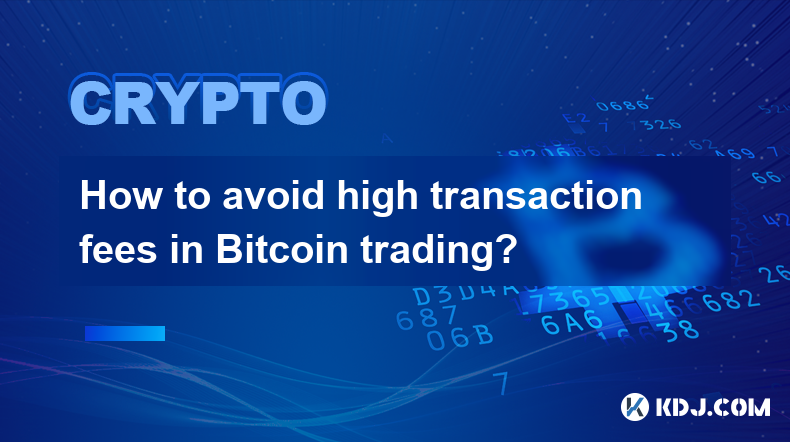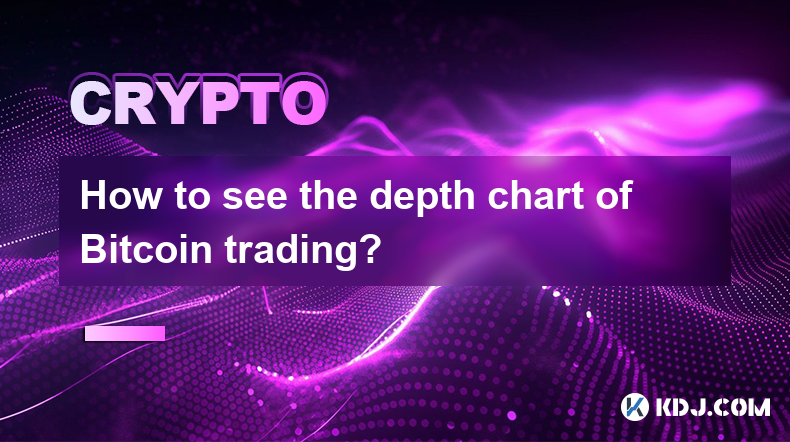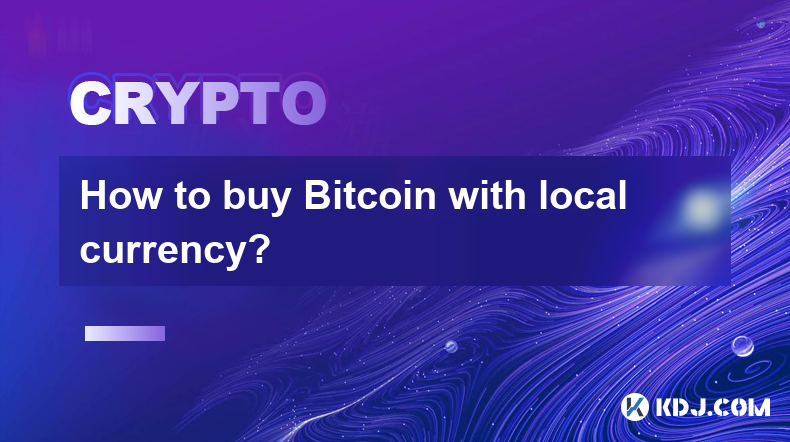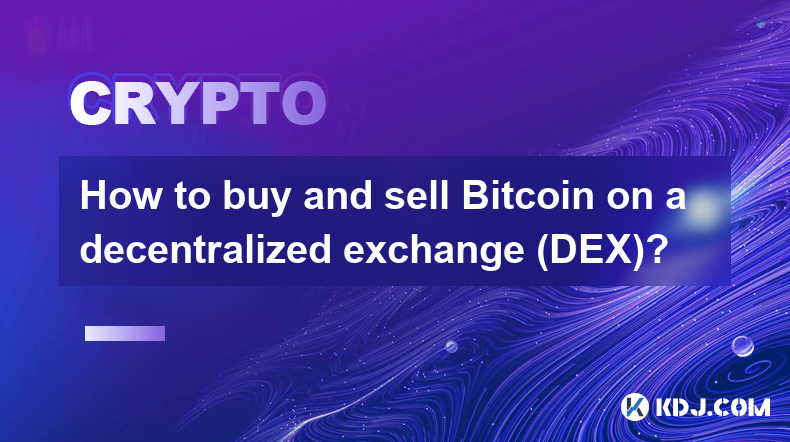-
 Bitcoin
Bitcoin $84,769.2252
-0.19% -
 Ethereum
Ethereum $1,601.5150
0.30% -
 Tether USDt
Tether USDt $0.9999
0.03% -
 XRP
XRP $2.0678
-0.62% -
 BNB
BNB $593.2794
0.20% -
 Solana
Solana $139.3455
0.63% -
 USDC
USDC $1.0000
0.04% -
 Dogecoin
Dogecoin $0.1575
-0.69% -
 TRON
TRON $0.2420
0.17% -
 Cardano
Cardano $0.6255
-0.58% -
 UNUS SED LEO
UNUS SED LEO $9.3376
-0.25% -
 Chainlink
Chainlink $12.9458
1.04% -
 Avalanche
Avalanche $19.6744
1.88% -
 Stellar
Stellar $0.2448
0.03% -
 Toncoin
Toncoin $2.9693
-0.88% -
 Shiba Inu
Shiba Inu $0.0...01242
1.79% -
 Hedera
Hedera $0.1645
-1.23% -
 Sui
Sui $2.1318
-0.59% -
 Bitcoin Cash
Bitcoin Cash $336.2890
-0.18% -
 Polkadot
Polkadot $3.8933
4.69% -
 Hyperliquid
Hyperliquid $17.9171
-0.91% -
 Litecoin
Litecoin $76.7729
0.83% -
 Bitget Token
Bitget Token $4.5487
2.20% -
 Dai
Dai $1.0000
0.00% -
 Ethena USDe
Ethena USDe $0.9991
0.00% -
 Pi
Pi $0.6417
0.23% -
 Monero
Monero $215.3858
1.11% -
 Uniswap
Uniswap $5.2975
1.05% -
 Pepe
Pepe $0.0...07530
3.73% -
 OKB
OKB $50.6084
-0.78%
What is the minimum transaction unit for Bitcoin trading?
The satoshi, the smallest Bitcoin unit, enables microtransactions and precise trading, crucial for managing costs and enhancing Bitcoin's practical use.
Apr 17, 2025 at 11:29 am

The concept of the minimum transaction unit for Bitcoin trading is crucial for anyone involved in the cryptocurrency market. Understanding this unit helps traders and investors make informed decisions about their transactions. The minimum transaction unit for Bitcoin is known as a satoshi, named after Bitcoin's pseudonymous creator, Satoshi Nakamoto. One satoshi is equivalent to 0.00000001 BTC, which means there are 100 million satoshis in one Bitcoin. This small unit allows for microtransactions and makes Bitcoin divisible enough to be used for various purposes.
Understanding the Satoshi
The satoshi is the smallest fraction of a Bitcoin that can be recorded on the blockchain. This unit was introduced to facilitate transactions of smaller amounts, making Bitcoin more practical for everyday use. For example, if you want to send someone a small amount of Bitcoin, you can do so in satoshis, allowing for precise and flexible transactions. The use of satoshis also helps in understanding the value of Bitcoin at a more granular level, especially when the price per Bitcoin is high.
Importance of Satoshis in Trading
In the context of trading, satoshi plays a significant role. When trading on cryptocurrency exchanges, the minimum order size is often determined in satoshis. This allows traders to place orders for very small amounts of Bitcoin, which can be crucial for strategies involving frequent small trades or for testing the market with minimal risk. Additionally, understanding satoshis helps traders better manage their portfolios, as they can track their holdings and transactions with greater precision.
Satoshis and Transaction Fees
Transaction fees on the Bitcoin network are also often calculated in satoshis. When sending Bitcoin, you can specify the fee you are willing to pay per byte of data in your transaction, usually measured in satoshis per byte (sat/byte). This fee influences the speed at which your transaction is processed by miners. A higher fee in satoshis can lead to faster confirmation times, while a lower fee might result in longer waiting times. Understanding this aspect is essential for managing transaction costs effectively.
Practical Applications of Satoshis
The use of satoshi extends beyond trading and transaction fees. In the realm of digital payments, satoshis enable microtransactions, which are payments for small amounts of goods or services. For instance, content creators can receive tips or donations in satoshis, making it easier for their audience to support them without needing to send large amounts of Bitcoin. This application highlights the versatility of Bitcoin as a currency and its potential for widespread adoption.
Satoshis in Different Contexts
The concept of satoshi can vary slightly depending on the context. In some regions or platforms, the term "satoshi" might be used informally to refer to any small amount of Bitcoin, not strictly adhering to the 0.00000001 BTC definition. However, in the technical and trading communities, the term is used precisely to denote the smallest unit of Bitcoin. This distinction is important for clear communication and accurate transactions.
Using Satoshis in Wallets and Exchanges
To use satoshis effectively, you need to understand how they are handled in Bitcoin wallets and exchanges. Here is a detailed guide on how to manage satoshis in these platforms:
Bitcoin Wallets:
- Open your Bitcoin wallet application.
- Navigate to the send or receive section.
- When sending Bitcoin, you can enter the amount in satoshis if your wallet supports this feature. For example, to send 0.0000001 BTC, you would enter 10 satoshis.
- When receiving, you can specify the amount in satoshis to the sender, making it clear how much you expect to receive.
- Some wallets display balances in both BTC and satoshis, allowing you to track your holdings in both units.
Cryptocurrency Exchanges:
- Log into your exchange account.
- Go to the trading or order section.
- When placing an order, you can specify the amount in satoshis if the exchange allows it. For example, you might place an order for 1,000 satoshis.
- Check the minimum order size, which is often set in satoshis, to ensure your order meets the exchange's requirements.
- Monitor your transaction history and balances in satoshis to keep track of your trading activities.
Understanding and using satoshis effectively can enhance your experience with Bitcoin, whether you are trading, sending payments, or managing your digital assets.
Frequently Asked Questions
Q1: Can I convert satoshis to other cryptocurrencies?
Yes, you can convert satoshis to other cryptocurrencies on most cryptocurrency exchanges. Simply place an order to exchange your satoshis for another cryptocurrency, ensuring you meet the minimum order size requirements of the exchange.
Q2: How do I calculate the value of satoshis in fiat currency?
To calculate the value of satoshis in fiat currency, you need to know the current market price of Bitcoin. Multiply the number of satoshis you have by the current price of one Bitcoin and then divide by 100,000,000 (the number of satoshis in one Bitcoin).
Q3: Are there any risks associated with holding large amounts of satoshis?
Holding large amounts of satoshis carries similar risks to holding Bitcoin, such as market volatility and potential security breaches. It is essential to use secure wallets and follow best practices for managing your cryptocurrency holdings.
Q4: Can I mine satoshis directly?
Yes, you can mine satoshis directly, as mining rewards are typically paid out in Bitcoin, which can be broken down into satoshis. The smallest unit you can mine is one satoshi, and miners receive rewards in whole numbers of satoshis.
Disclaimer:info@kdj.com
The information provided is not trading advice. kdj.com does not assume any responsibility for any investments made based on the information provided in this article. Cryptocurrencies are highly volatile and it is highly recommended that you invest with caution after thorough research!
If you believe that the content used on this website infringes your copyright, please contact us immediately (info@kdj.com) and we will delete it promptly.
- SUI surpasses 500 million transactions in 2025, outperforming major blockchains
- 2025-04-20 14:55:12
- Circle Launches Refund Protocol for Onchain Dispute Resolution and $USDC Refunds!
- 2025-04-20 14:55:12
- Unichain Could Be the Catalyst That Turns the UNI Price Around and Sparks a UNI Breakout
- 2025-04-20 14:50:12
- Donald Trump's memecoin, $TRUMP, has just completed its highly awaited token unlock
- 2025-04-20 14:50:12
- After a Year of Breakneck Growth, Stablecoin Supply Expansion Has Stalled
- 2025-04-20 14:45:13
- The latest controversy in the memecoin world has turned its focus to the $MELANIA project.
- 2025-04-20 14:45:13
Related knowledge

How to buy and sell Bitcoin using a P2P platform?
Apr 18,2025 at 05:57pm
Buying and selling Bitcoin using a P2P (peer-to-peer) platform can be an efficient way to trade cryptocurrencies directly with other individuals. This method offers flexibility, often lower fees, and the ability to use various payment methods. In this article, we will walk through the process of buying and selling Bitcoin on a P2P platform, ensuring you...

How to avoid high transaction fees in Bitcoin trading?
Apr 18,2025 at 12:14am
How to Avoid High Transaction Fees in Bitcoin Trading? Bitcoin trading can be exciting, but high transaction fees can quickly erode your profits. Understanding how to minimize these fees is crucial for any trader looking to maximize their returns. In this article, we will explore various strategies and techniques to help you avoid high transaction fees ...

How to see the depth chart of Bitcoin trading?
Apr 17,2025 at 08:36am
Understanding the depth chart of Bitcoin trading is crucial for any serious cryptocurrency trader. The depth chart provides a visual representation of the supply and demand for Bitcoin at various price levels, helping traders make informed decisions about when to buy or sell. In this article, we will guide you through the process of accessing and interp...

How to buy Bitcoin with local currency?
Apr 18,2025 at 01:22am
Buying Bitcoin with local currency is a straightforward process that allows you to enter the world of cryptocurrencies using your familiar fiat money. Whether you are a beginner or an experienced investor, understanding the steps to acquire Bitcoin with your local currency can help you make informed decisions and manage your investments effectively. In ...

What is the Lightning Network in Bitcoin trading?
Apr 19,2025 at 02:35am
The Lightning Network is a second-layer scaling solution designed to enhance the speed and efficiency of Bitcoin transactions. It operates as an off-chain network that allows users to conduct multiple transactions without the need to settle each one individually on the Bitcoin blockchain. This significantly reduces transaction fees and speeds up the pro...

How to buy and sell Bitcoin on a decentralized exchange (DEX)?
Apr 18,2025 at 02:42am
Buying and selling Bitcoin on a decentralized exchange (DEX) offers a different experience compared to traditional centralized exchanges. DEXs provide more privacy and control over your funds, as they allow you to trade directly with other users without an intermediary. This guide will walk you through the process of buying and selling Bitcoin on a DEX,...

How to buy and sell Bitcoin using a P2P platform?
Apr 18,2025 at 05:57pm
Buying and selling Bitcoin using a P2P (peer-to-peer) platform can be an efficient way to trade cryptocurrencies directly with other individuals. This method offers flexibility, often lower fees, and the ability to use various payment methods. In this article, we will walk through the process of buying and selling Bitcoin on a P2P platform, ensuring you...

How to avoid high transaction fees in Bitcoin trading?
Apr 18,2025 at 12:14am
How to Avoid High Transaction Fees in Bitcoin Trading? Bitcoin trading can be exciting, but high transaction fees can quickly erode your profits. Understanding how to minimize these fees is crucial for any trader looking to maximize their returns. In this article, we will explore various strategies and techniques to help you avoid high transaction fees ...

How to see the depth chart of Bitcoin trading?
Apr 17,2025 at 08:36am
Understanding the depth chart of Bitcoin trading is crucial for any serious cryptocurrency trader. The depth chart provides a visual representation of the supply and demand for Bitcoin at various price levels, helping traders make informed decisions about when to buy or sell. In this article, we will guide you through the process of accessing and interp...

How to buy Bitcoin with local currency?
Apr 18,2025 at 01:22am
Buying Bitcoin with local currency is a straightforward process that allows you to enter the world of cryptocurrencies using your familiar fiat money. Whether you are a beginner or an experienced investor, understanding the steps to acquire Bitcoin with your local currency can help you make informed decisions and manage your investments effectively. In ...

What is the Lightning Network in Bitcoin trading?
Apr 19,2025 at 02:35am
The Lightning Network is a second-layer scaling solution designed to enhance the speed and efficiency of Bitcoin transactions. It operates as an off-chain network that allows users to conduct multiple transactions without the need to settle each one individually on the Bitcoin blockchain. This significantly reduces transaction fees and speeds up the pro...

How to buy and sell Bitcoin on a decentralized exchange (DEX)?
Apr 18,2025 at 02:42am
Buying and selling Bitcoin on a decentralized exchange (DEX) offers a different experience compared to traditional centralized exchanges. DEXs provide more privacy and control over your funds, as they allow you to trade directly with other users without an intermediary. This guide will walk you through the process of buying and selling Bitcoin on a DEX,...
See all articles























































































